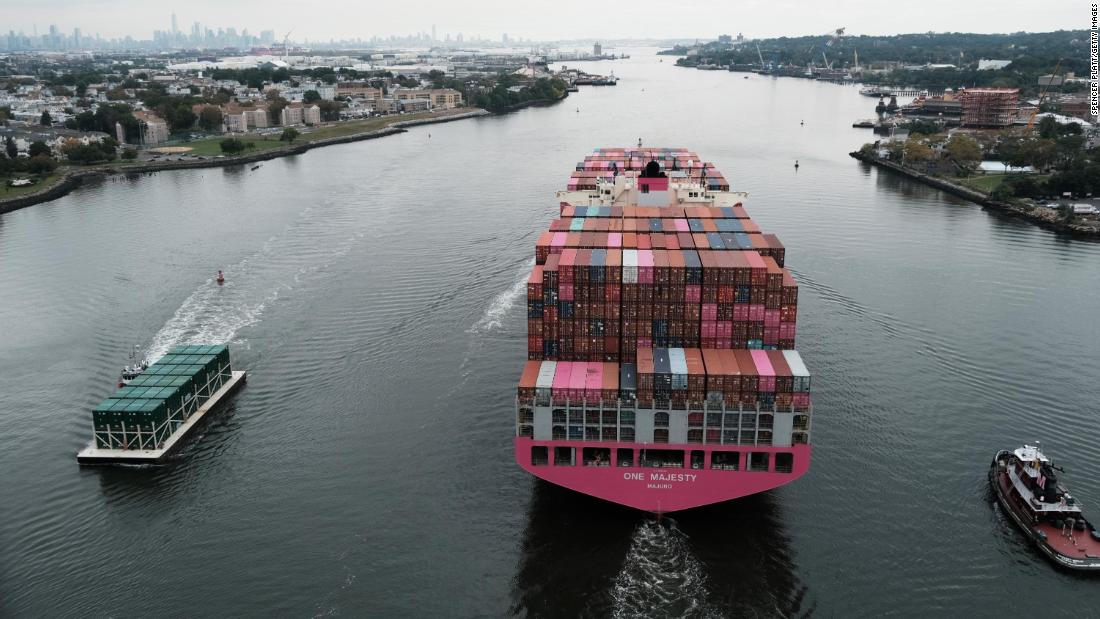According to Jeremy Nixon, the CEO of Ocean Network Express, unless governments boost spending in ports, railways, and warehouses, the supply chain crisis could last into 2023.

The CEO of one of the world’s largest shipping companies is calling for governments to step in and take action to fix the global supply chain crisis and prevent delays and shortages from rolling on beyond the end of the coming year. His company has a fleet of 220 ships and transports more than 6% of the world’s containerized freight. In an interview recently, Jeremy said that local governments need to increase spending on critical parts of the supply chain to increase capacity and cope with ongoing demand.
Must Read: How Supply Chain Management System Brings Efficiency in Operations and Planning
From what we’ve gathered so far, the global supply chain network is on its knees. After a shortfall in shipping demand during the early days of the pandemic in 2020, a surge at the end of that year led to delays, port traffic jams, and blockages across the world. Now, in 2021, containers are again jammed up in ports due to rising demand and a continuing shortage of dockworkers and truckers.
That said, Nixon felt the need to say, “There needs to be some government support here to maybe switch people out of some parts of the economy where demand is not so strong to more critical parts of the economy where the demand is very strong and important for global supply chains.”
Earlier this month, the White House stepped in by announcing a few plans to shift the clogged up Southern California ports to a 24-hours-a-day, seven-days-a-week schedule and allow more time to work through the backlog. But as experts were skeptical about how much of an impact this would have if warehouses and truck drivers were not following the same routine.
In an interview, Brian Whitlock, a supply chain analyst at Gartner said, “It’s great that they’ve chosen to do something, but we’re talking about a less than 1% to 2% change here. The work that they’re talking about here is going to be immaterial. It probably won’t even be visible.”
Also Read: Disruptions of Supply Chain Affecting Economy
Nixon also said in his interview that he didn’t see any immediate impact from the US government’s announcement. He added that we can expect more disruption next year at US West Coast ports as contract negotiations are scheduled to take place between dockworkers and terminal operators, which has historically led to delays and backups. Although some retailers and manufacturers already have plans in motion to reroute cargo from those areas around that time to avoid these delays, if the country saw bad jams up in July, August, and September of 2022 in North America, the delays could last late into 2022 and even early 2023.
Recommended Read: How Machine Learning Will Transform Supply Chain Management
For more articles like “How Governments Can Boost Spending to Fix the Supply Chain Crisis”, follow us on Facebook, Twitter, and LinkedIn.